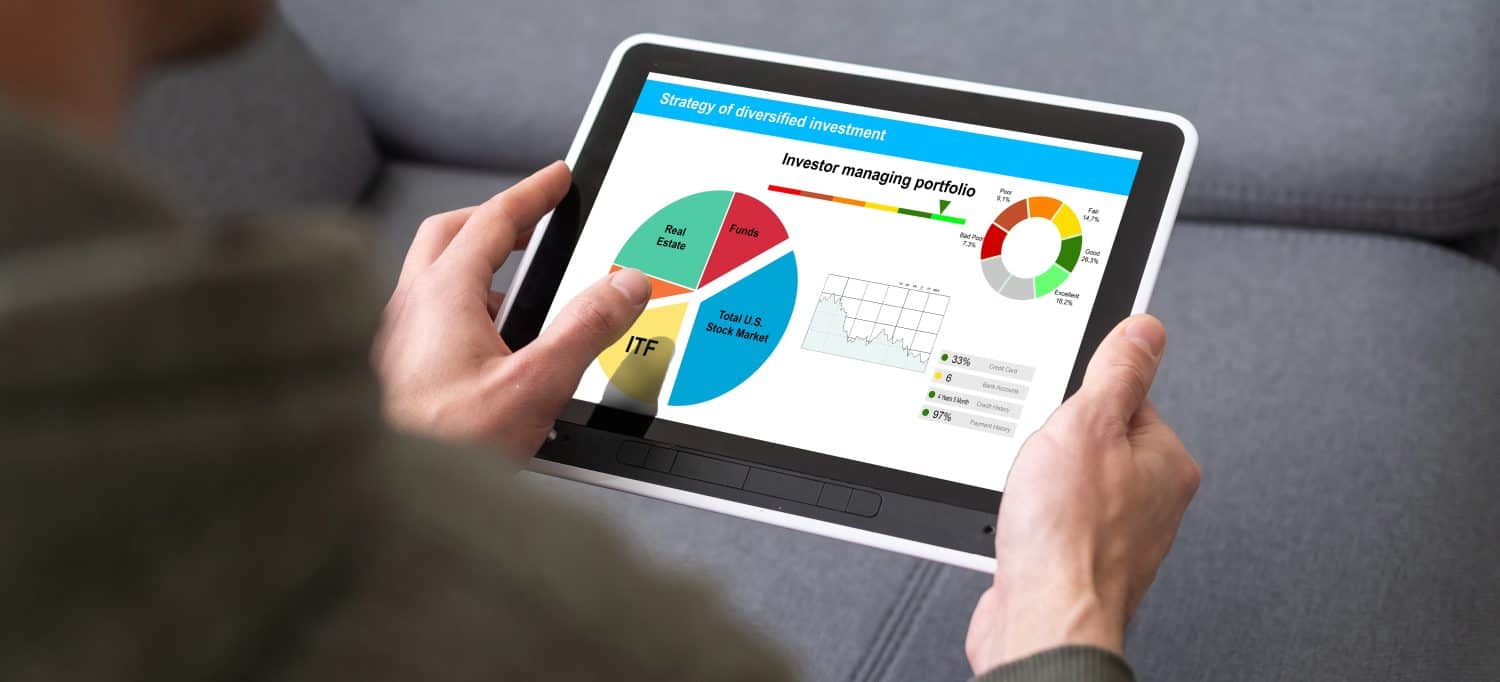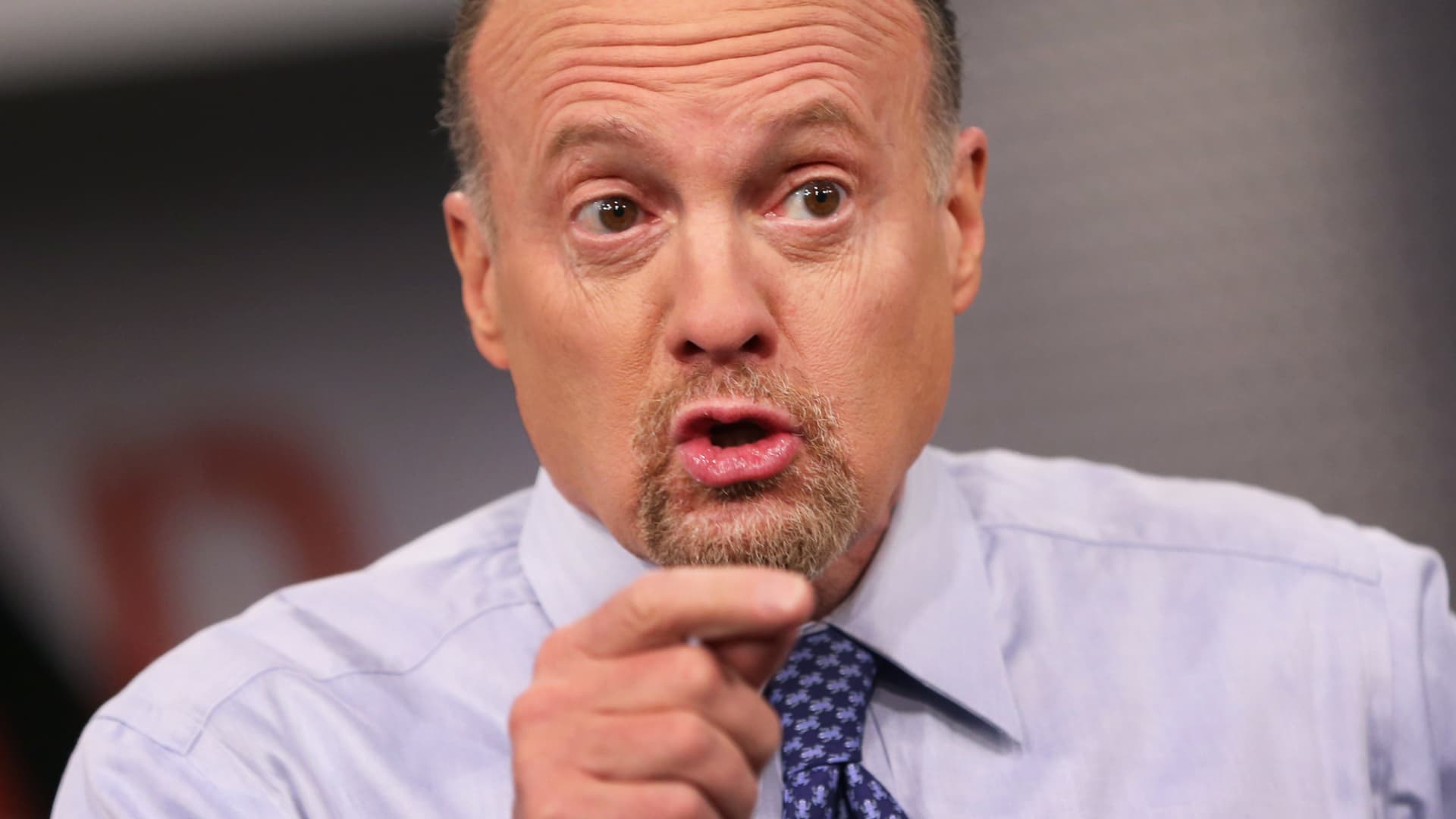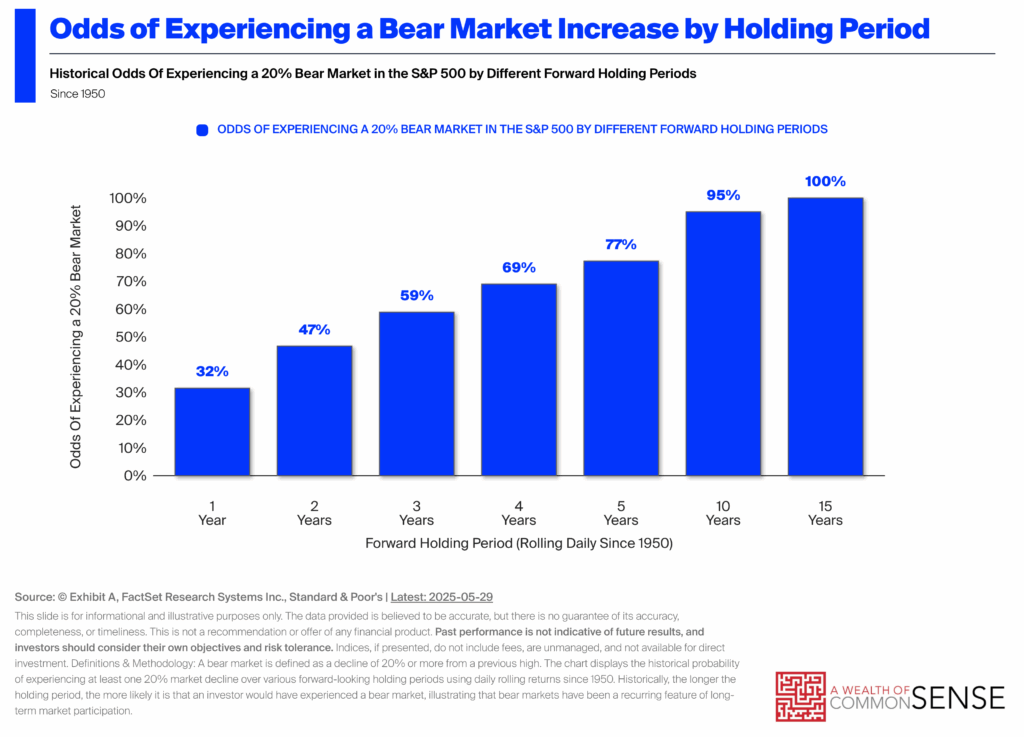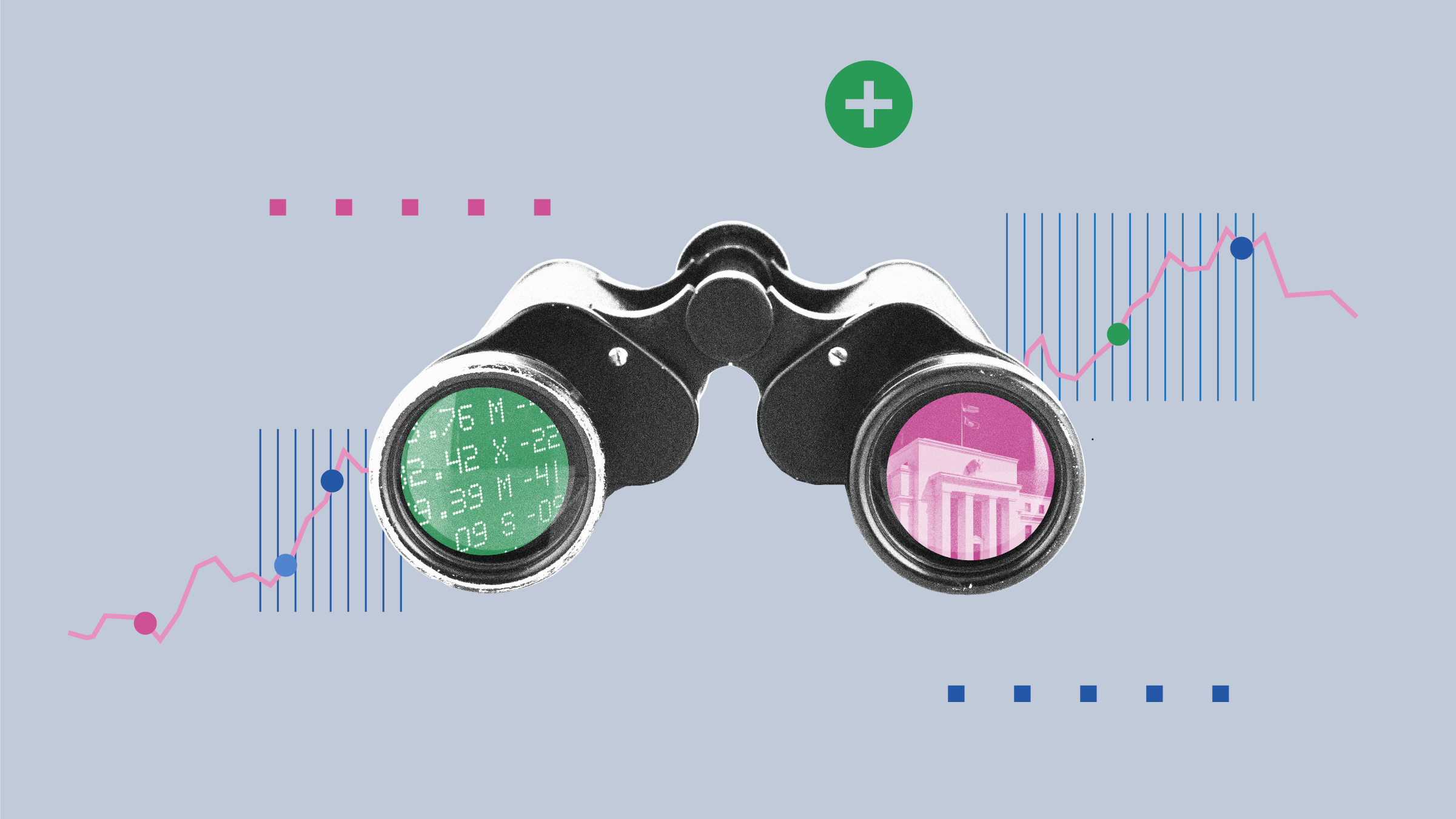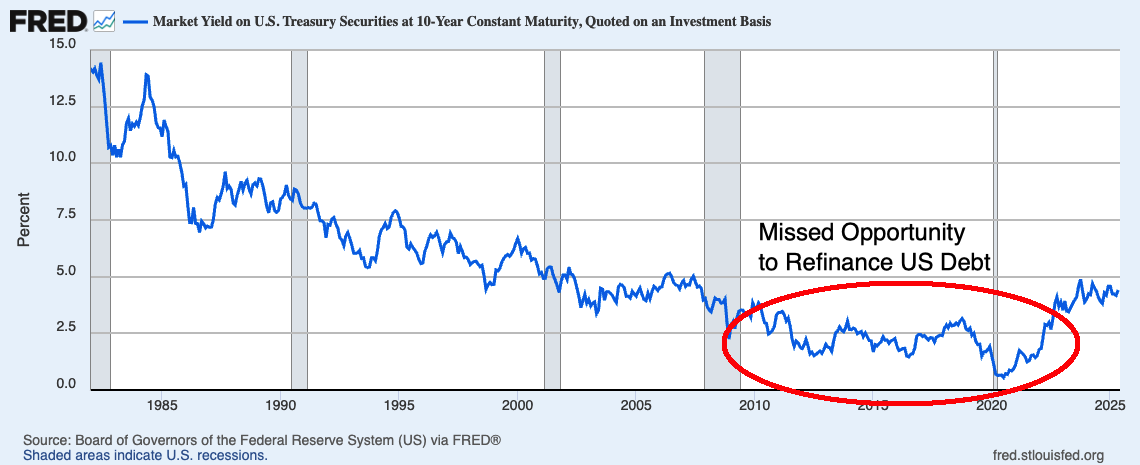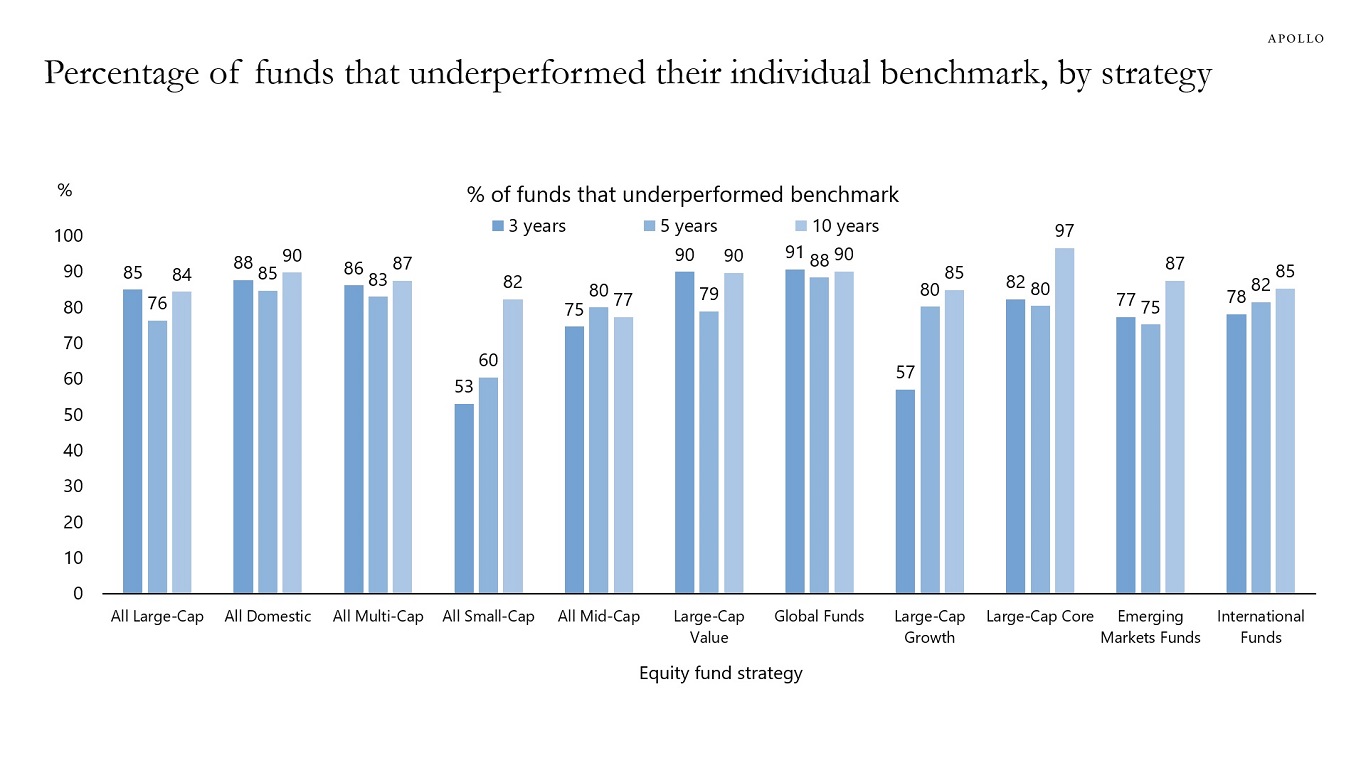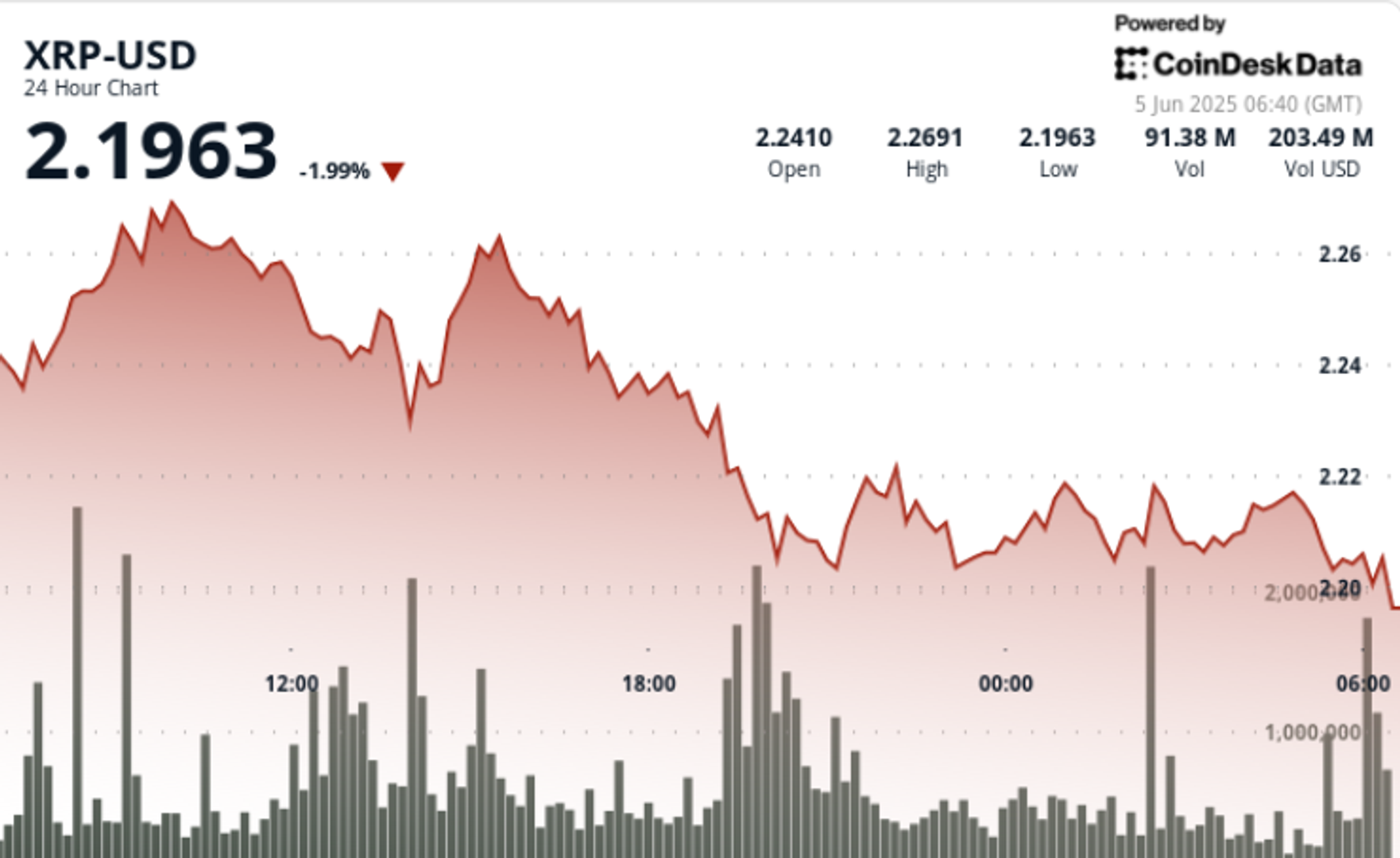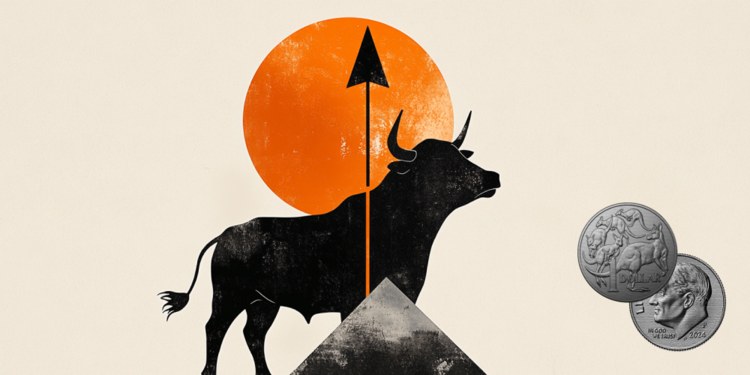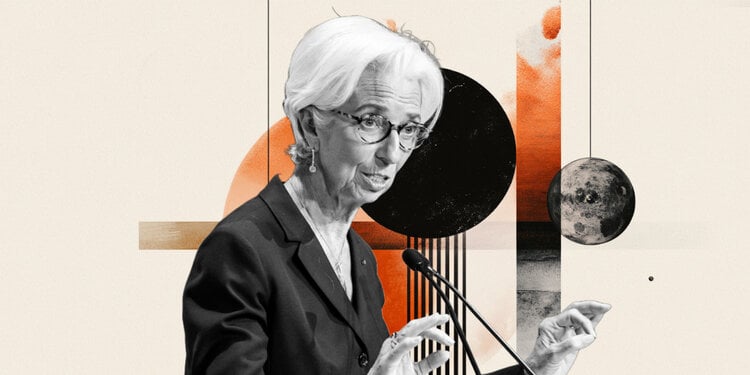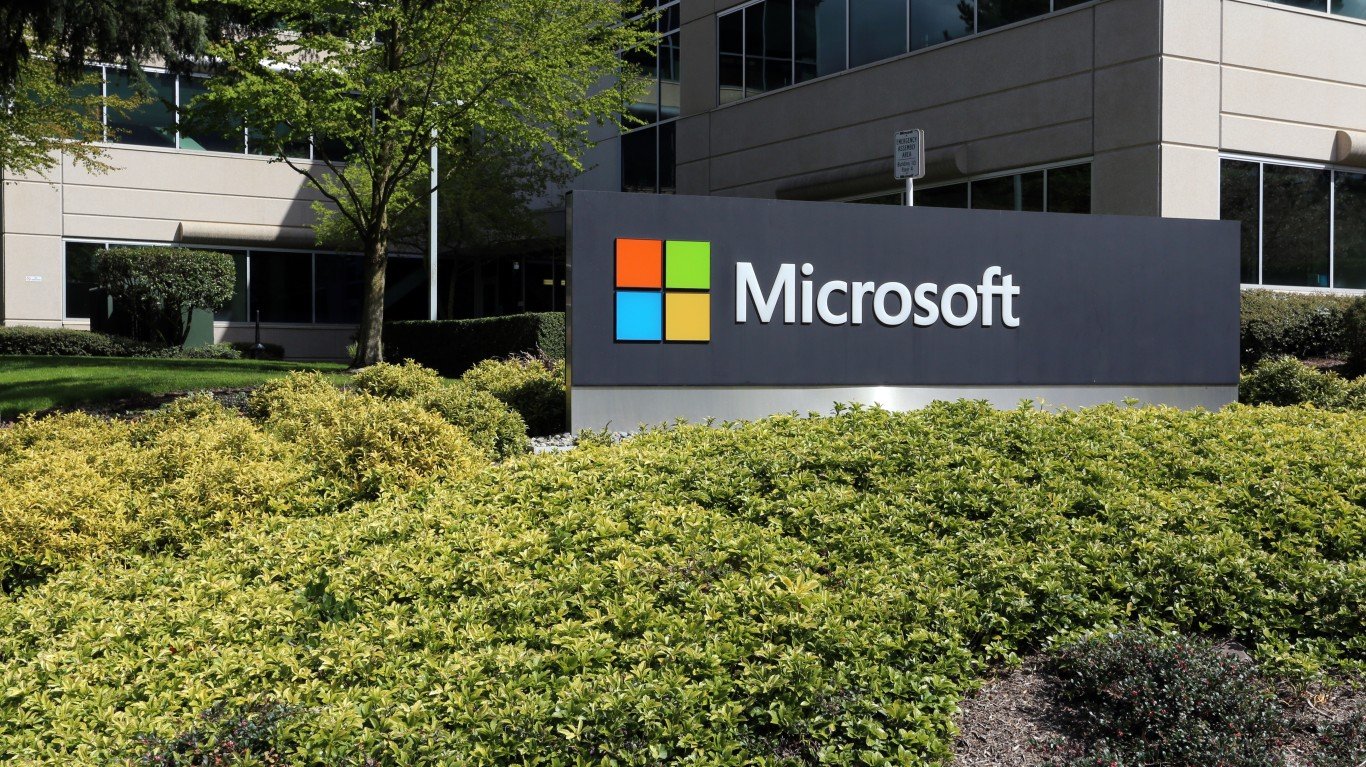I am 62 years old with $700k in a 401(k). Would converting $70k annually help avoid RMDs?
Retirement accounts are valuable resources that allow your money to compound with tax advantages. However, the IRS imposes required minimum distributions once you reach your 70s. The age you have to start making withdrawals depends on when you were born, but people who were born on January 1, 1960, or later don’t have to worry […] The post I am 62 years old with $700k in a 401(k). Would converting $70k annually help avoid RMDs? appeared first on 24/7 Wall St..
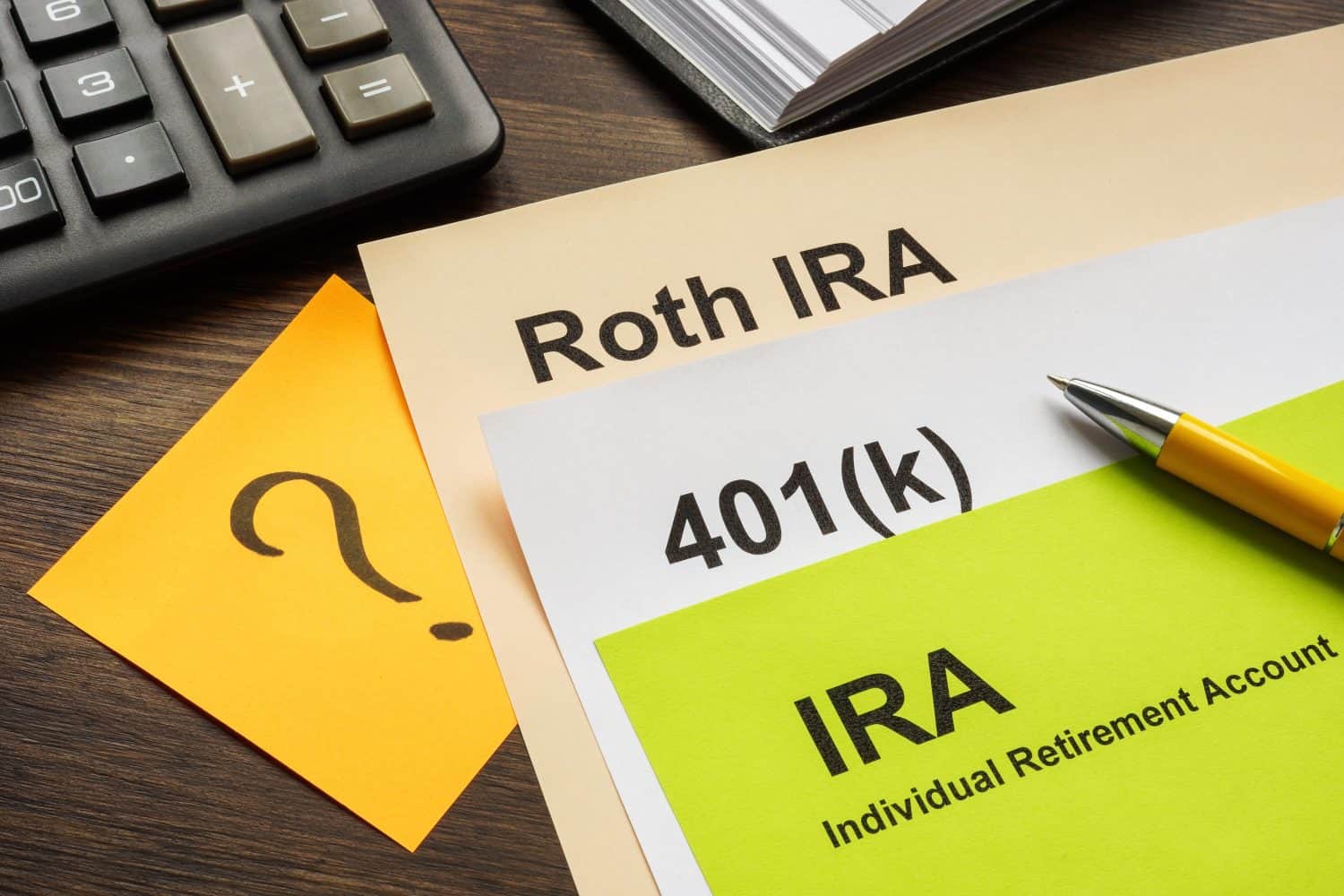
Retirement accounts are valuable resources that allow your money to compound with tax advantages. However, the IRS imposes required minimum distributions once you reach your 70s. The age you have to start making withdrawals depends on when you were born, but people who were born on January 1, 1960, or later don’t have to worry about RMDs until they turn 75.
A 62-year-old wants to avoid RMDs by the time they turn 75, and it’s completely possible. This individual has a good plan, but there are some tax factors to consider.
Key Points
-
A 62-year-old plans to transfer $70,000 per year from a traditional 401(k) to a Roth IRA to avoid RMDs.
-
There are a few details to consider before concluding if this strategy is the right approach for long-term retirement planning.
-
Are you ahead, or behind on retirement? SmartAsset’s free tool can match you with a financial advisor in minutes to help you answer that today. Each advisor has been carefully vetted, and must act in your best interests. Don’t waste another minute; get started by clicking here.(Sponsor)
RMDs Only Apply To Traditional Retirement Accounts

If you have a traditional 401(k) or a traditional IRA, you must make RMDs when you turn 75. However, you don’t have to make any withdrawals from a Roth retirement account if you don’t want to. Some people intentionally leave their Roth accounts alone so their children can inherit a tax-free retirement portfolio that they can hold for up to a decade before having to liquidate the Roth retirement account.
If the 62-year-old moves $70,000 per year, they will move all $700,000 by the time they turn 72. This figure does not include any potential growth, but most of the growth will take place in the Roth IRA as the transfers add up. Furthermore, the 62-year-old would have three additional years of $70,000 conversions to account for any gains.
Your Taxes Will Go Up

Although this strategy will ensure that the 62-year-old doesn’t have to worry about RMDs, it comes at a cost. All $70,000 that you move from a traditional retirement account to a Roth IRA counts as ordinary income. Your taxes will go up, and that extra $70,000 may be enough to push you into a higher tax bracket.
Before initiating this plan, it’s important to consider how much you will earn when you turn 75. Waiting until you reach this age before making any withdrawals may be the better move if you are currently earning a high income. Transferring funds from a traditional 401(k) to a Roth IRA makes more sense when you aren’t earning as much income or have a lot of tax write-offs.
The Roth IRA 5-Year Rule
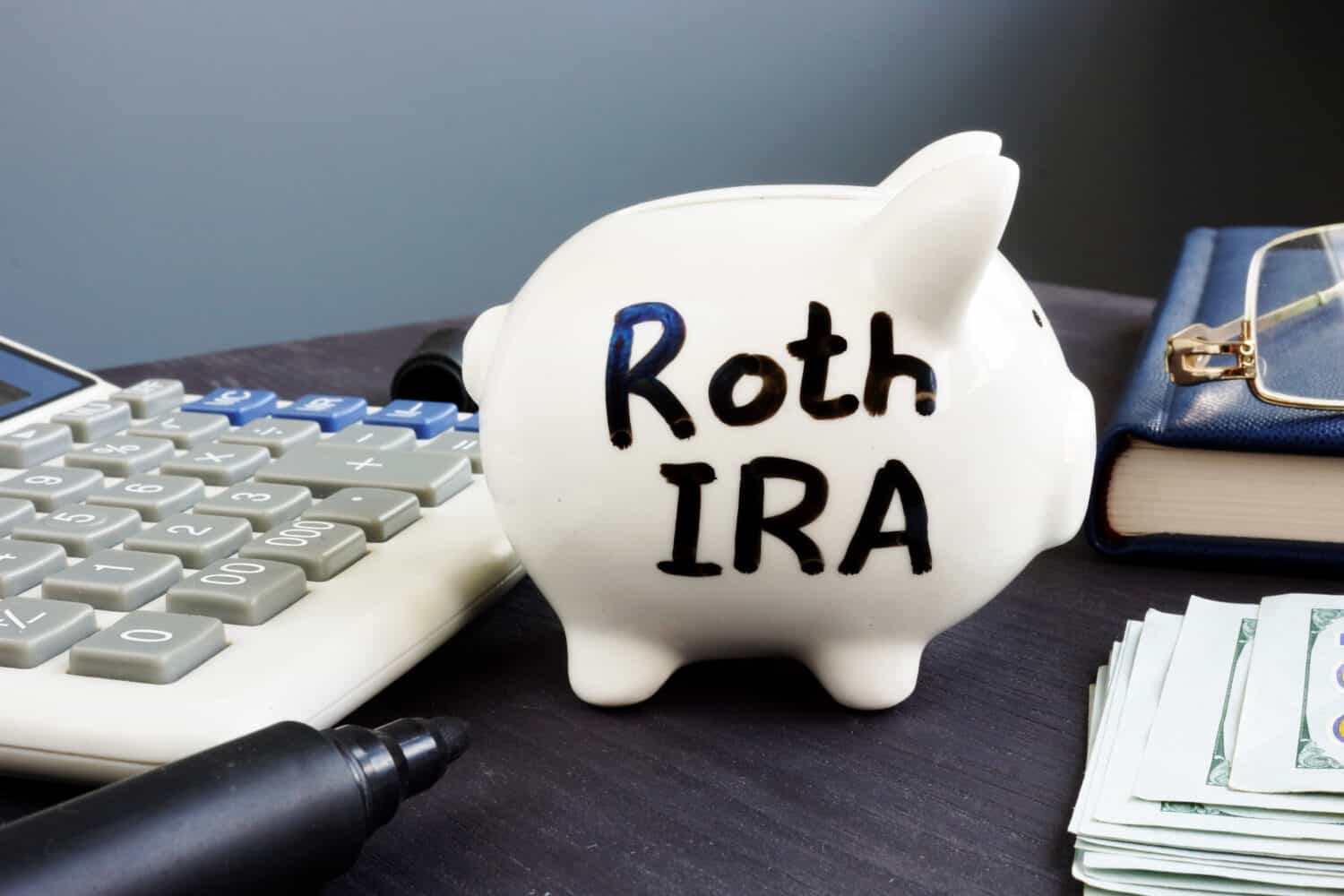
Another detail to consider is that you cannot access Roth IRA funds right away. You can’t withdraw money from a Roth IRA until five years after you have made the first contribution to your account. This 5-year rule may not be a big deal if the 62-year-old doesn’t touch their Roth IRA until their 70s.
Once your Roth IRA fulfills the 5-year rule, then any additional transfers are immediately accessible. You also have to be 59 1/2 years old to take out penalty-free withdrawals, but that won’t be a problem for the 62-year-old.
The post I am 62 years old with $700k in a 401(k). Would converting $70k annually help avoid RMDs? appeared first on 24/7 Wall St..








































